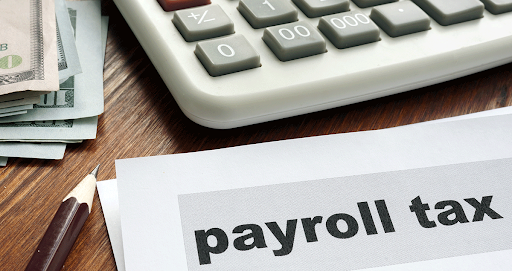
In early August, President Trump issued a payroll tax executive order, an attempt to provide immediate financial relief amid the economic challenges wrought by the COVID-19 pandemic. This executive order directed the Secretary of the Treasury to leverage emergency powers to defer the withholding, deposit, and payment of certain payroll taxes. As employers grapple with the complexities of implementing this order, the IRS has stepped in to provide crucial guidance. In this article, we'll dissect the key elements of the executive order, explore the IRS's Notice 2020-65, and weigh the pros and cons that both employers and employees should consider.
Understanding the Payroll Tax Executive Order
Under standard circumstances, both employers and employees share the responsibility of contributing to the 12.4% Social Security taxes due per worker. However, the payroll tax executive order focuses on the 6.2% employee portion, allowing for its deferral from September 1, 2020, through December 31, 2020. Notably, this deferral applies to employees earning less than $4,000 before taxes within a bi-weekly pay period.
IRS Notice 2020-65: Guiding Employers Through the Deferral
To navigate the intricacies of the payroll tax executive order, the IRS issued Notice 2020-65, offering explicit guidance on the deferral of payroll taxes and the corresponding obligations for employers. Crucially, employers are not mandated to defer the payment of the employee portion of taxes; it is a discretionary decision left to the employer's discretion. The IRS guidance provides a roadmap for those opting to participate in the deferral.
Deferral Period and Subsequent Repayment
Employers choosing to defer the employee portion of taxes from September 1, 2020, through December 31, 2020, are required to withhold and deposit these deferred taxes at the outset of 2021. The IRS mandates a specific timeline for repayment, spanning from January 1, 2021, to April 30, 2021. During this period, employers must proportionately deduct the deferred taxes from employee wages and remit the corresponding amounts to the IRS.
Failure to execute these deductions in a timely manner could expose employers to penalties and interest. Penalties and interest are set to accrue starting May 1, 2021.
Uncertainties and Unanswered Questions
While Notice 2020-65 provides clarity on many aspects, certain uncertainties remain unaddressed. The guidance does not articulate specific measures for scenarios where an employee departs from the company in 2021. Similarly, it fails to outline the appropriate course of action if the increased withholding surpasses an employee's wage amount in early 2021.
The guidance merely suggests that employers "may make arrangements to otherwise collect the total applicable taxes from the employee." The lack of specificity leaves room for interpretation and prompts questions about the practical application of such arrangements.
Pros and Cons of the Payroll Tax Executive Order
Pros: Immediate Relief and Economic Boost
The primary objective of the payroll tax executive order is to inject immediate financial relief into households grappling with the economic fallout of the COVID-19 pandemic. By allowing employees to retain a higher portion of their paychecks during the deferral period, the executive order aims to stimulate economic activity and provide tangible relief without waiting for Congressional action on a stimulus bill.
Cons: Deferred, Not Forgiven
One of the chief concerns tied to the executive order is its temporary nature. It offers a deferral rather than a permanent tax holiday. To permanently forgive the deferred payroll taxes would require Congressional approval—an outcome deemed unlikely. As employees enjoy increased paychecks in the short term, the looming obligation to repay these deferred amounts in 2021 poses a potential financial challenge for households.
Uncertainties for Employers
Employers face a unique set of challenges associated with the executive order. The responsibility to adjust withholding amounts in 2021 and remit deferred taxes to the IRS without incurring penalties and interest introduces a layer of complexity. The lack of detailed guidance on certain scenarios, coupled with the absence of additional relief measures from Congress, places employers in a precarious position.
The IRS's guidance, as outlined in Notice 2020-65, serves as a compass for employers navigating the terrain of the payroll tax executive order. While the order aims to provide immediate financial relief, the temporary nature of the deferral introduces uncertainties and challenges for both employees and employers. As 2021 approaches, vigilance and preparedness will be paramount to addressing the complexities associated with deferred payroll taxes. For personalized advice applicable to your specific situation, consulting a tax advisor is recommended. Stay informed, stay proactive, and anticipate the evolving landscape of tax regulations.
